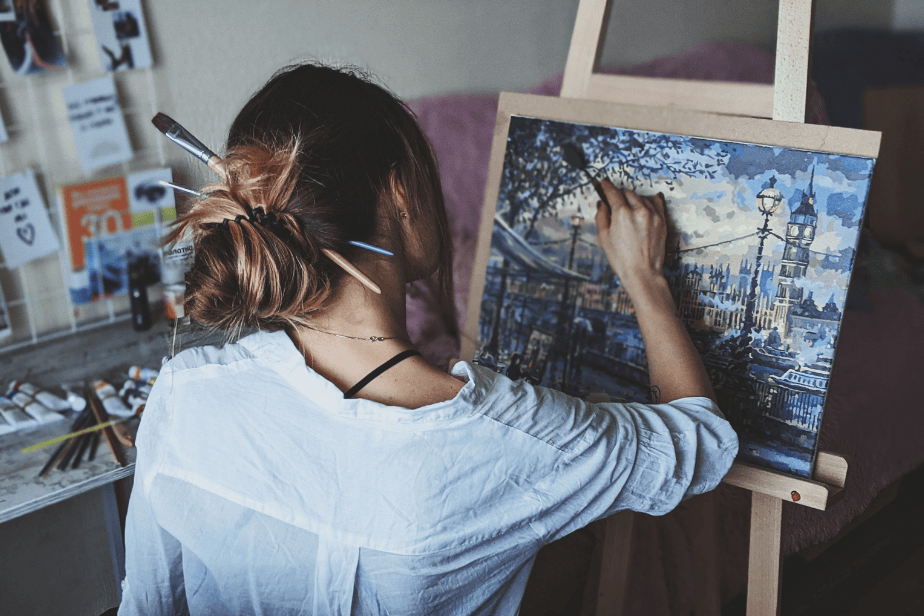The process of choosing colors in art is a deliberate and highly personalized one, and it is a fundamental element in an artist’s creative palette. It goes beyond personal preference; it is a carefully considered decision.
Artists choose colors based on the emotions they want to convey, the mood they want to establish, and the overall message of their artwork. The choice of colors also takes into account the principles of color theory, which dictate how colors interact and harmonize.
Furthermore, artists often draw inspiration from the natural world, cultural symbolism, and their personal experiences, weaving these influences into their work. In this intricate dance between intention and intuition, artists use colors to breathe life and meaning into their creations.
From calming blues to passionate reds, colors reveal symbolism, context, and interpretation that enriches our understanding of art. This article delves into how artists use color to engage our minds and touch our souls.
A color wheel organizes colors based on their relationship, helping artists and designers understand color theory. It includes primary, secondary, and tertiary colors.
While color wheels do not inherently influence human emotions, they help to know how colors can be used to evoke emotions.
Warm colors evoke energy, cool colors calmness, complementary colors create visual contrast, and analogous colors create harmony.
Cultural and personal associations with specific colors influence human emotions. Understanding color positioning and emotional associations can help make intentional color choices.
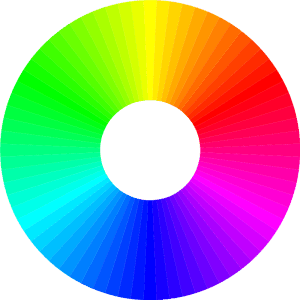
“Color helps to express light, not the physical phenomenon, but the only light that exists, that in the artist’s brain.”
– Henri Matisse
Here are some aspects of color perception in art.
Emotional Association
Color in art is intrinsically linked to emotion, serving as a potent means of conveying and eliciting feelings within the viewer.
Vibrant reds and fiery oranges often ignite passion and intensity, while calming blues and soothing greens evoke serenity and tranquility. Yellow exudes warmth and joy, while somber grays and blacks can signify melancholy or mystery.
Artists harness this emotional resonance to imbue their work with a mood, guiding the viewer’s emotional journey through a piece. Beyond personal interpretations, cultural associations play a role, further deepening the connection between color and emotion, making the psychology of color in art a powerful tool for evoking and expressing the complex tapestry of human feelings.
Color Harmony
Color harmony is essential for compelling art.
It’s the artist’s palette, orchestrating colors to create balance, evoke emotions, and guide the viewer’s eye. Whether using analogous or complementary colors, the artist’s choices impact the artwork’s overall mood and message.
Color harmony is the secret language of artists, a powerful tool to give life to their creations.
Cultural Difference
Cultural differences significantly impact the use and interpretation of color in art. Colors are laden with cultural, historical, and symbolic meanings.
For instance, red may symbolize good luck and prosperity in Chinese culture, while it often signifies love or passion in Western art. Similarly, white represents purity in Western cultures but is associated with mourning in some Eastern cultures. These variations shape an artist’s palette and influence the messages conveyed in their work.
Artists often draw from their cultural backgrounds, either adhering to traditional color symbolism or subverting it to challenge norms and provoke thought.
The interplay of culture and color in art fosters a deep, diverse, and ever-evolving creative landscape.
Color and Memory
Color and memory share an intimate connection in artwork, often evoking powerful emotions and recollections.
Artists skillfully employ hues to trigger personal and collective memories, using color to transport viewers to specific moments, places, or feelings.
For example, the warm tones of a sunset may summon memories of summer evenings, while the cool blue of an ocean can recall seaside vacations. These connections create an emotional resonance, infusing the art with layers of meaning.
By harnessing the vivid relationship between color and memory, artists transform their work into a visual time capsule, allowing viewers to relive the past and create new memories, all within the canvas’s embrace.
Color Temperature
Color temperature in art is a powerful emotional communicator. Warm hues like fiery reds and sunny yellows ignite feelings of energy, passion, and joy, evoking intensity and enthusiasm. These colors infuse art with a sense of vitality and heat.
On the other hand, cool colors like tranquil blues and soothing greens impart a sense of calm, serenity, and stability, inviting viewers to relax and reflect. The temperature of color shapes the emotional landscape of a piece, allowing artists to orchestrate emotional responses that guide viewers on an evocative journey.
In art, color temperature becomes a profound tool for tapping into our feelings, creating a visual language of emotion.
Examples of Artists Using Colors Effectively
Many artists have used color in their art wisely and masterfully. Here are a few notable artists renowned for their exceptional use of color.
Vincent van Gogh’s expressive colors
Van Gogh is celebrated for his vibrant and expressive use of color. His bold and intense palette, in works like “Starry Night” and “Sunflowers,” conveys powerful emotions and is synonymous with Post-impressionism.
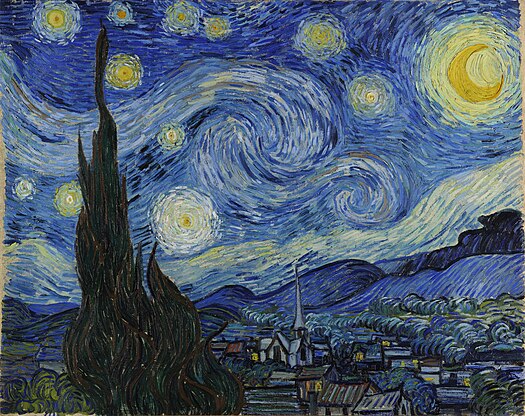
Claude Monet’s neutral palette
A leading figure in the Impressionist movement, Monet’s use of color and light to capture the fleeting moments of nature in works like “Water Lilies” and “Rouen Cathedral” revolutionized art.
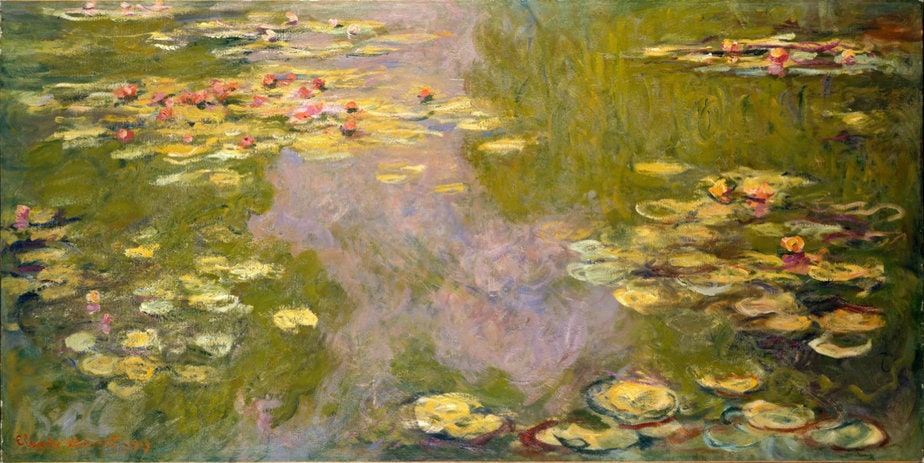
Pablo Picasso’s abstract shades
Picasso’s art evolved through various color periods, from the Blue Period to the Rose Period to Cubism. His innovative use of color and abstraction had a profound impact on modern art.
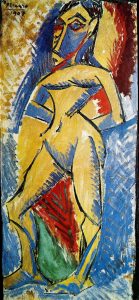
Mark Rothko’s contemplative colors
Rothko’s large, color field paintings are renowned for their profound emotional impact. He used color to create contemplative and transcendent experiences for viewers.
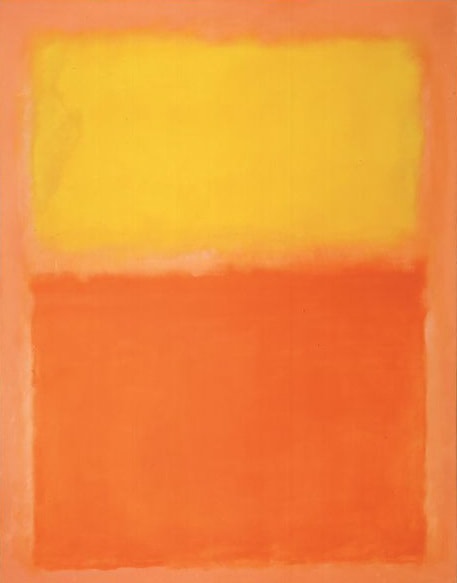
Henri Matisse’s bold visuals
Known for his Fauvist style, Matisse used bold and non-representational colors to create works like “The Dance” and “The Red Studio.”
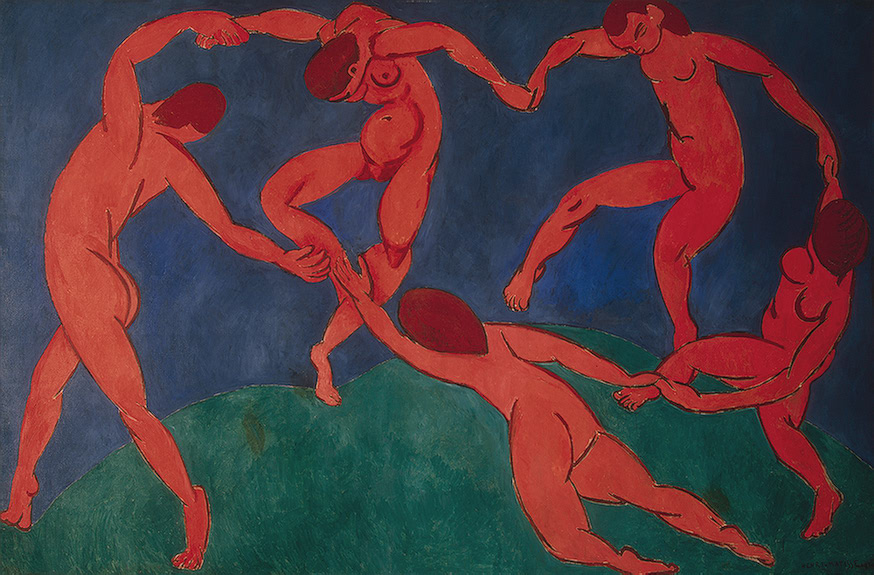
Georgia O’Keeffe’s offset colors
O’Keeffe’s use of color in her large-scale floral paintings and depictions of the American Southwest brought a unique perspective to the use of color in art.
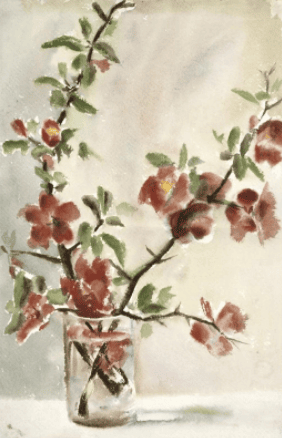
These artists, among many others, have left an indelible mark on the art world through their brilliant and innovative use of color. Their mastery of color has influenced and inspired generations of artists and continues to captivate viewers worldwide.
Conclusion
Colors exert powerful psychological effects and play a pivotal role in various art forms.
Red, for instance, often evokes passion and urgency, making it a common choice in emotionally charged artworks like abstract expressionist paintings. Blue, known for its calming qualities, is frequently used in serene scenes, such as landscape art. Yellow, representing happiness, often appears in joyful and uplifting artworks. Green’s associations with nature and growth make it ideal for eco-themed art forms.
These emotional responses to color are harnessed by artists in diverse ways across painting, interior design, fashion, and more to create atmospheres, provoke sentiments, and guide the viewer’s emotional journey through their art.
The article contains sponsored affiliate links from Amazon to valuable resources.


